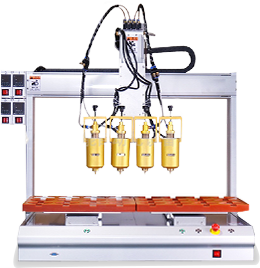

Metal cylindrical rivets are key parts for achieving stable connections in medical equipment. They are made of medical-grade stainless steel or titanium alloy and are made through precision cold heading. One end of the rivet is a rounded cap-shaped head, and the other end is a smooth cylinder. During installation, they deform through riveting to tightly fix the parts of medical equipment. With excellent strength, corrosion resistance and biocompatibility, they can be widely used in surgical instruments, medical imaging equipment, etc. to ensure stable equipment structure and safe operation.
High strength and stability: The selected medical-grade stainless steel or titanium alloy, after special treatment, has a tensile strength of more than 800MPa, can withstand large external forces and vibrations, maintain a firm connection during long-term use of medical equipment, and prevent loose components from affecting equipment performance.
Excellent corrosion resistance: The material itself has good corrosion resistance, and the surface is passivated or coated to form a dense protective layer, which can effectively resist the erosion of disinfectants, acid and alkali substances and human body fluids in the medical environment, prevent rivets from rusting and breaking, and extend the service life of the equipment.
High precision and adaptability: It is manufactured using a high-precision cold heading process, with a dimensional accuracy of ±0.01mm, which accurately matches the hole position of medical equipment components. At the same time, it provides a variety of diameters (1.5mm - 6mm) and lengths (3mm - 20mm) to meet the connection needs of parts of different thicknesses and materials.
Biosafe and reliable: Strictly following the ISO 10993 biosafety standard, the material is non-toxic, non-allergenic, and safe for contact with the human body. It can be safely used in medical devices that come into direct contact with patients, such as connecting the housing of rehabilitation equipment and fixing surgical instrument components.
 Headquarters tel.
Headquarters tel. E-mail.
E-mail.